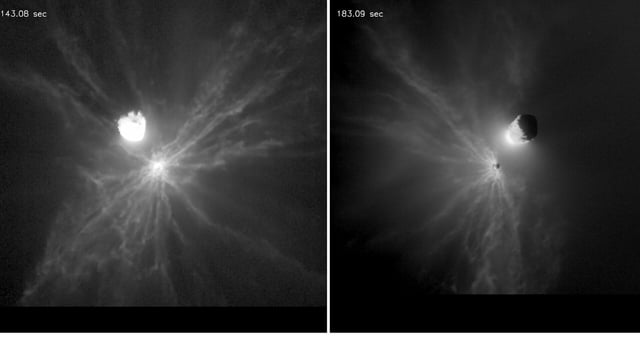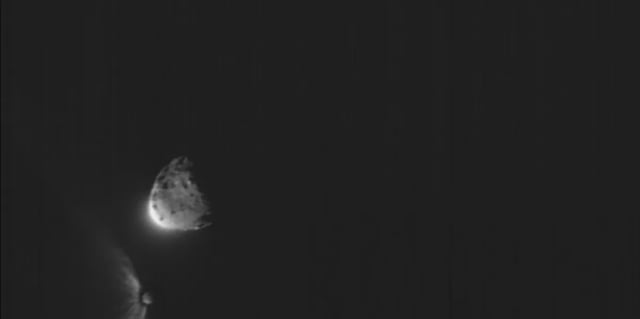Overview
- A July 4 paper in the Planetary Science Journal reports that DART’s impact on Dimorphos ejected meter-scale boulders carrying more than three times the spacecraft’s momentum
- Researchers used LICIACube imagery to track 104 boulders from 0.2 to 3.6 meters in radius moving at speeds up to 52 meters per second
- The ejecta formed two distinct clusters, with the larger southern debris field likely originating from the disruption of Atabaque and Bodhran by DART’s solar panels
- Off-axis momentum from these asymmetric boulder streams could have tilted Dimorphos’s orbital plane by as much as one degree, complicating deflection calculations
- These findings will inform refined physics models for ESA’s Hera mission in 2026 and shape planning for future kinetic impactor strategies

